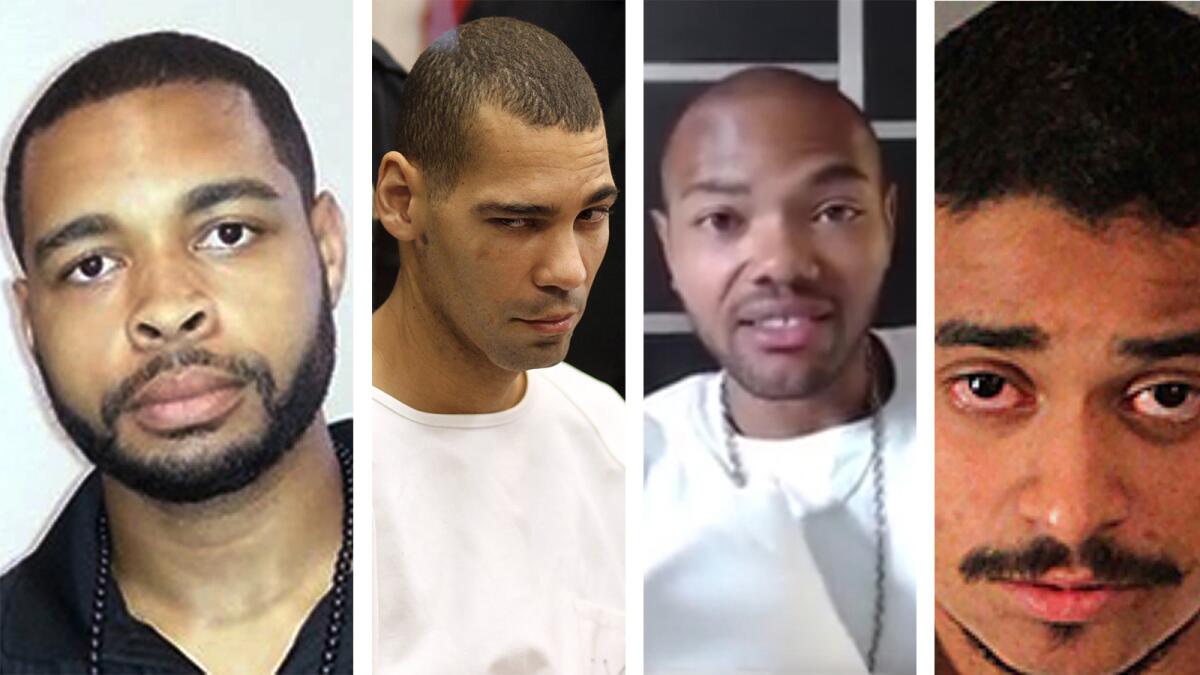Q&A: What we know about ambush cop killings
Two Des Moines-area police officers were found dead in their patrol cars Wednesday in what authorities describe as ambush-style killings.
Here’s a look at what we know about the history of incidents like these.
How often are law enforcement officials killed in premeditated attacks?
Before Des Moines, a dozen other officers had been killed in ambushes this year. That already was two more than the last two years combined, according to FBI statistics.
From 2004 to 2013, about 11 officers were killed on average each year in ambushes. While those numbers dropped in 2014, the premeditated attacks began to rise.
However, police officers are still far more likely to be killed during traffic stops and pursuits, serving search warrants, responding to calls and investigating suspicious activity.
“Premeditated ambushes are extremely rare events,” said George Fachner, who co-wrote a 2015 U.S. Department of Justice study.
Who is behind ambush attacks?
Police assassins have included a ragtag smattering of white survivalists, black militants, people who identify with the antigovernment “sovereign citizen” movement, hard-core criminals who have clashed with law enforcement for much their lives, and a variety of apparently suicidal people who wanted to depart with notoriety.
Most ambush attacks on police are launched by gunmen acting alone, with little pre-planning, according to that Justice Department study.
What factor does race play?
Most police shooters are white males, including Latinos. The suspect in the Des Moines killings has been identified as Scott Michael Greene, a 46-year old white man.
Black men have been responsible for nearly 40% of the 232 ambush killings of police officers since 2002, according to the Justice Department.
For their portion of the population, black men have ambushed and killed officers at a rate three times that of white men. Criminologists widely attribute the higher level of violence among African Americans to entrenched socioeconomic disadvantages and resentment of police.
Police killings have also taken place because of racial tensions. This year’s shootings in Dallas and Baton Rouge, La., came at a time of heightened racial unrest over recent police killings of African Americans. Those incidents took place just days after the videotaped shootings of Alton Sterling in Baton Rouge on July 5 and Philando Castile in Minnesota on July 6.
What are some notable cases?

Micah X. Johnson, a 25-year-old Afghanistan veteran, opened fire July 7 on officers at an otherwise peaceful Black Lives Matter rally in Dallas. Five officers were killed and nine injured. Johnson was killed by a police robot.
The shooter in Baton Rouge July 17 was identified as Gavin Eugene Long, 29, an Iraq veteran with a history of espousing violence against white “oppressors.” Three officers were killed and three wounded. Long was shot and killed by police.
In Palm Springs, John Felix, 26, allegedly put on body armor, grabbed an assault rifle with an extended magazine and waited for officers to respond to a disturbance call Oct. 8. Two officers were killed and one injured. Felix surrendered peacefully to authorities after a standoff.
Christopher Monfort, 41, was obsessed with the Constitution, and saw police brutality as a rising tyranny. He killed one officer in a parked car in Seattle on Halloween in 2009. Monfort was sentenced to life in prison.
This Q&A was based on previous reporting by Joe Mozingo and was compiled by Daniel Funke.
Follow @latimeson Twitter
ALSO
Suspect captured in ambush-style killing of two Des Moines-area officers
Accused cop killer shot San Diego officers at point-blank range, prosecutor says
A study in anger: How Gavin Long went from decorated Iraq veteran to cop killer
More to Read
Sign up for Essential California
The most important California stories and recommendations in your inbox every morning.
You may occasionally receive promotional content from the Los Angeles Times.










